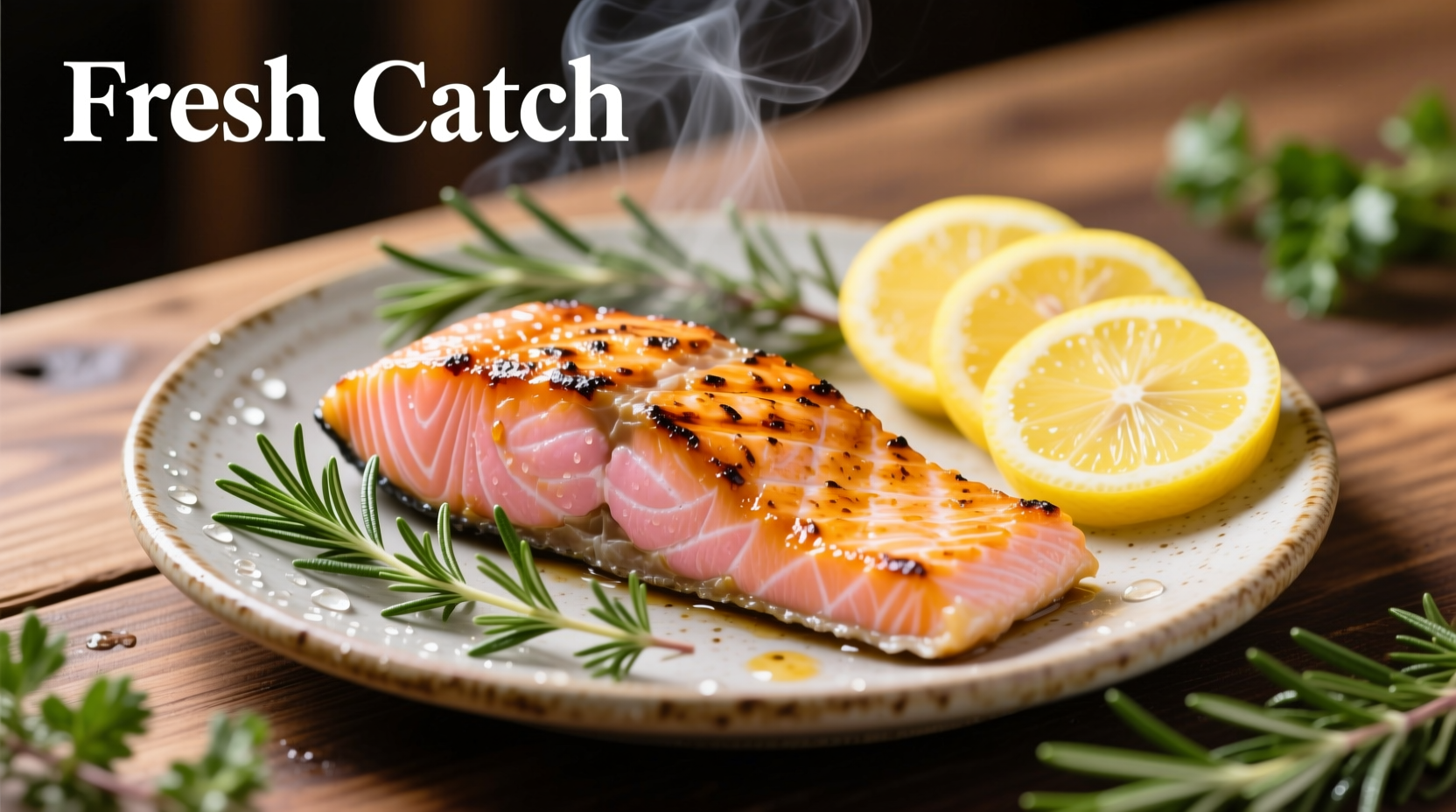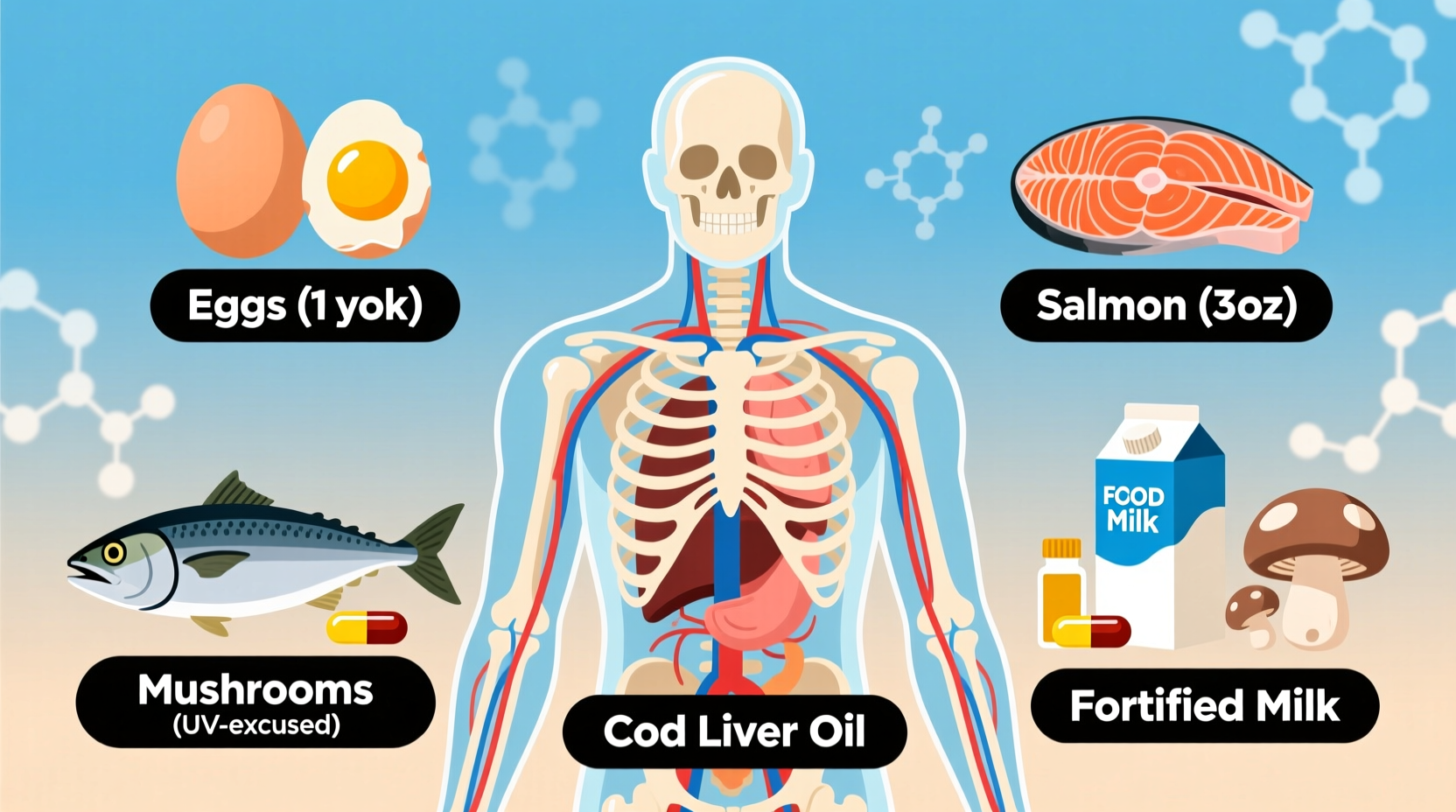Vitamin D3, the biologically active form of vitamin D, plays a crucial role in calcium absorption, bone health, immune function, and inflammation reduction. While sunlight exposure remains the primary natural source, dietary intake becomes essential during darker months or for those with limited sun exposure. This guide delivers evidence-based information about which foods contain vitamin D3, how much you actually get from each source, and practical ways to incorporate them into your daily meals.
Natural Vitamin D3 Powerhouses
Unlike vitamin D2 (found in plants), vitamin D3 primarily comes from animal sources and is significantly more effective at raising and maintaining vitamin D levels in your body. Understanding which foods deliver the most bioavailable vitamin D3 helps optimize your dietary intake.
Fatty Fish: The Premium Source
Fatty fish stand as the most potent natural food sources of vitamin D3. Wild-caught varieties typically contain higher levels than farmed alternatives due to their natural diet.
| Food Source | Vitamin D3 (IU per serving) | % Daily Value | Practical Serving Size |
|---|---|---|---|
| Cooked salmon (3 oz) | 570 | 71% | Half fillet |
| Mackerel (3 oz) | 360 | 45% | 1 small fillet |
| Sardines (3.75 oz can) | 272 | 34% | Whole can |
| Cod liver oil (1 tbsp) | 1,360 | 170% | Standard tablespoon |
According to the NIH Office of Dietary Supplements, consuming fatty fish twice weekly provides substantial vitamin D3 benefits. The American Heart Association recommends preparing fish through baking, grilling, or steaming rather than frying to maximize health benefits while preserving vitamin content.
Egg Yolks: The Accessible Option
While egg whites contain minimal nutrients, the yolk delivers most of the vitamin D3. One large egg yolk contains approximately 37 IU of vitamin D3. Free-range or pasture-raised eggs often contain 3-4 times more vitamin D3 than conventionally raised eggs due to chickens' natural sunlight exposure.

Fortified Foods: Strategic Supplementation Through Diet
Since few foods naturally contain significant vitamin D3, many products are fortified. Understanding which fortified options deliver actual vitamin D3 (not just D2) is crucial for maximizing absorption.
Dairy and Plant-Based Alternatives
Most cow's milk in the United States is fortified with vitamin D3 (typically 100-120 IU per cup), though cheese and yogurt usually aren't fortified. When selecting plant-based alternatives:
- Choose fortified almond, soy, or oat milk (check labels for D3 specifically)
- Look for "vitamin D3" or "cholecalciferol" on ingredient lists
- Avoid products listing only "vitamin D" without specifying D3
Breakfast Solutions
Many breakfast cereals contain added vitamin D3. A single serving (typically 3/4 to 1 cup) often provides 40-100 IU. Pairing fortified cereal with fortified milk creates a synergistic effect, potentially delivering 15-25% of daily requirements in one meal.
Plant-Based Vitamin D3 Sources: Limited But Valuable
For vegetarians and vegans, vitamin D3 options are more limited since traditional D3 comes from animal sources. However, certain mushrooms exposed to UV light produce vitamin D2, and newer vegan D3 supplements derived from lichen are appearing in fortified foods.
According to research published in the American Journal of Clinical Nutrition, UV-exposed mushrooms can provide 400-2,300 IU per 3.5-ounce serving when properly treated. Look for labels specifying "UV-treated" or "high vitamin D" varieties.
Maximizing Vitamin D3 Absorption: Practical Strategies
Consuming vitamin D3 with healthy fats significantly enhances absorption. Implement these evidence-based strategies:
- Pair with fats: Add avocado to salmon salad or olive oil to mushroom dishes
- Timing matters: Consume vitamin D3 foods with your largest meal for 32% better absorption
- Storage awareness: Vitamin D degrades with prolonged light exposure - store fortified milk in opaque containers
- Seasonal planning: Increase fatty fish consumption during winter months when sunlight exposure decreases
Realistic Expectations: Food vs. Supplements
While food sources provide valuable vitamin D3, they often fall short of daily requirements, especially for at-risk populations. The Endocrine Society recommends 1,500-2,000 IU daily for adults, which would require:
- 3 servings of salmon weekly PLUS fortified foods
- Or daily cod liver oil supplementation
Individuals with limited sun exposure, darker skin tones, obesity, or malabsorption conditions often require supplementation despite optimal dietary intake. Consult your healthcare provider for personalized recommendations based on blood testing.
Practical Implementation Guide
Here's how to realistically incorporate vitamin D3-rich foods into your weekly routine:
Weekly Meal Framework
- Monday: Scrambled eggs with mushrooms (280 IU)
- Wednesday: Baked salmon with asparagus (570 IU)
- Saturday: Fortified cereal with fortified milk (150 IU)
- Daily: One egg in breakfast (37 IU)
This simple framework delivers approximately 1,037 IU weekly from food sources alone, complementing other dietary sources and moderate sun exposure.
Limitations and Considerations
Several factors influence how effectively your body utilizes dietary vitamin D3:
- Geographic location: Above 37° latitude, sunlight doesn't produce vitamin D in skin from November to February
- Skin pigmentation: Darker skin requires 3-6 times longer sun exposure to produce equivalent vitamin D
- Aging: Skin's vitamin D production decreases by 75% between ages 20 and 80
- Body weight: Obesity can reduce vitamin D bioavailability by up to 50%
The Centers for Disease Control and Prevention notes that approximately 35% of American adults have insufficient vitamin D levels, highlighting the importance of both dietary sources and appropriate supplementation when needed.
Can you get enough vitamin D3 from food alone?
Most people cannot consistently meet their vitamin D3 requirements through food alone. Even with optimal dietary intake including fatty fish twice weekly and fortified foods, many adults still fall short of the recommended 600-800 IU daily. Those with limited sun exposure often require supplementation to maintain adequate levels.
What's the difference between vitamin D2 and D3 in foods?
Vitamin D2 (ergocalciferol) comes from plant sources and fungi, while D3 (cholecalciferol) comes from animal sources. D3 is approximately 87% more effective at raising and maintaining vitamin D levels in the body and produces 2-3 times longer storage in fat tissue. Most fortified foods now use D3 due to its superior bioavailability.
How does cooking affect vitamin D3 content in foods?
Vitamin D3 is relatively stable during cooking. Research shows minimal loss (5-10%) when baking or grilling fish. However, frying at high temperatures for extended periods can degrade up to 20% of vitamin D3 content. Steaming and baking preserve the highest percentage of this fat-soluble vitamin.
Are fortified foods as effective as natural sources for vitamin D3?
Fortified foods provide vitamin D3 that's equally bioavailable as natural sources. However, natural food sources often come with additional nutrients that enhance absorption. For example, the healthy fats in salmon improve vitamin D3 absorption, while fortified plant milks may require additional fat sources for optimal uptake.











 浙公网安备
33010002000092号
浙公网安备
33010002000092号 浙B2-20120091-4
浙B2-20120091-4